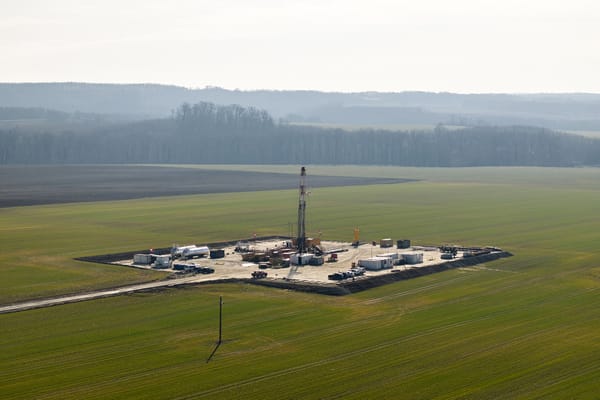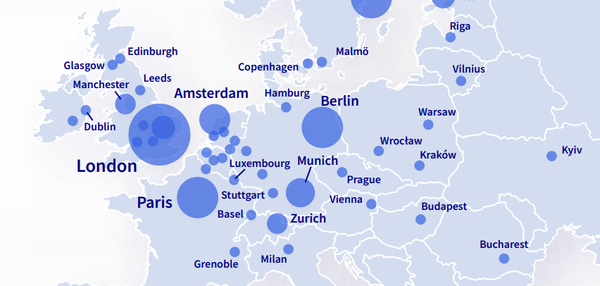
Robotisation spreads in auto-heavy CEE
Robotisation has risen sharply in CEE, according to a new report entitled “How do Economies in EU-CEE Cope with Labour Shortages?” released by the Vienna Institute for International Economic Studies (wiiw).
As robotisation levels mainly depend on the automotive, electrics and electronics industries, they have spiked in recent years in CEE, the world’s third-ranked global think tank notes in its report, which suggests policy responses from CEE governments to labour shortages.
The importance of the automotive industry in the region contributed to robotisation levels tripling in Slovakia, Bulgaria and Romania and doubling in Hungary, Slovenia, Czechia and Poland, from 2012-17, wiiw found. Most of these increases were from a low base, the report notes.
Slovakia is now the world’s largest producer of cars per capita. Volkswagen Bratislava is the largest company in the country, with a turnover of EUR 10.38bn and 15,189 employees in 2018. SPSA Peugeot Citroen, KIA and Jaguar Land Rover also have car plants in the county, as well as numerous car part suppliers.
The Slovak auto industry accounts for 38% of manufacturing production, 16% of people employed in manufacturing and 32% of total exports, according to 2018 data.
The automotive industry is very significant in Hungary too, where – behind energy giant MOL – Audi Hungaria is Hungary’s second-largest company, with a turnover of EUR 7.38bn and 13,393 employees in 2018. GM/Opel, Suzuki, Mercedes and BMW are also present in the county, making the automotive industry 26% of Hungarian manufacturing production, the employer of 13% of those working in manufacturing, and 22% of total exports.
Automation can counter demographic issues
The think tank suggests capital deepening, including automation, as one its four basic options for dealing with labour shortages, along with higher immigration, higher birth and participation rates, and up-skilling of the labour force via education and training.
The report notes that CEE countries have been experiencing heightening labour shortages and this issue will increase, due to falling demographics. “Czechia, Hungary, Slovenia and Slovakia and most recently Poland have become net receivers of migrants, while in Bulgaria immigration largely compensates for the natives who go abroad,” the wiiw adds.
“Natural population growth was negative during the period 2002-2019, particularly in Bulgaria, but also in Romania, Croatia and Hungary. In addition, in each of those four countries, except for Hungary, negative net migration aggravated the trend of population decline,” according to the Vienna-based think tank.
“In contrast, the population stagnated in Poland and remained almost unchanged in Slovakia, while positive net migration resulted in average annual population growth of about 0.3% in Czechia and Slovenia.
Positive net migration towards the Visegrad countries (Poland, Hungary, Czechia and Slovakia) and Slovenia is a rather recent phenomenon. Upon EU accession, outward migration, mostly to Western Europe, was common in all EU-CEE countries (except for Czechia),” it adds.
CEE countries also should raise their minimum wage to encourage automation while extending welfare networks in order to deal with its potential negative short-run side-effects.
To maintain the current economic model in the EU member states of Central and Eastern Europe (CEE), more active government policies such as greater public investment in education and training will be necessary, wiiw concludes.





